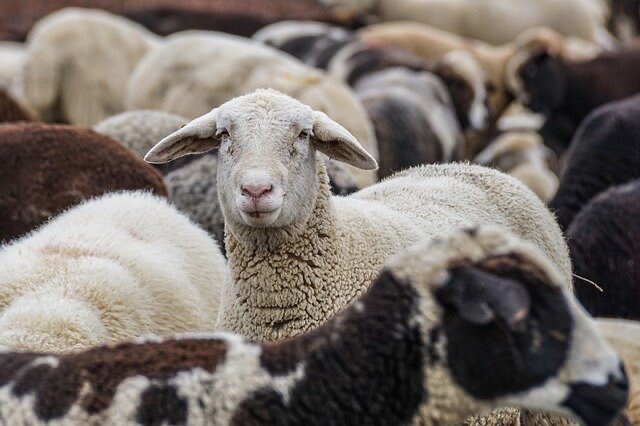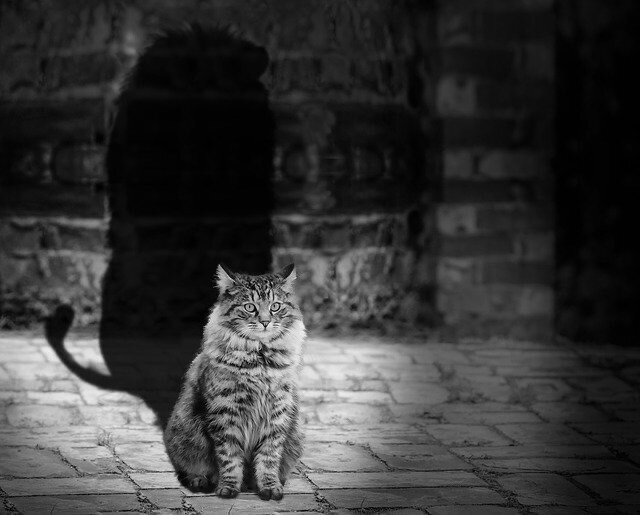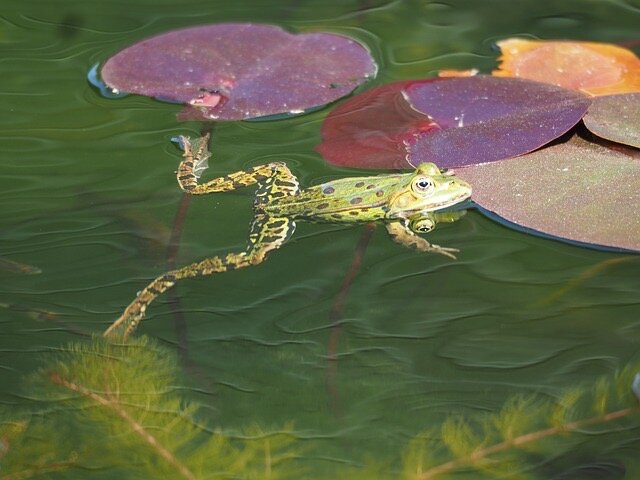Punxsutawney Phil did not see his shadow, so we are supposed to have an early spring. I’m writing this during a snow storm – one of the few storms we have had here in Pittsburgh this winter. But, that doesn’t mean I don’t believe Phil or that I would support replacing him with computer weather prediction software as some techies have recently suggested.
According to the statistics kept, Phil has been right about 39% of the time since 1887. Phil is not alone in his predictions. Phil’s cousin Annie, a groundhog from Wild Things Zoofari, northeast of Austin, Texas also didn’t see her shadow at the Dallas Arboretum this year.
In an analysis of predictions from 1999 to 2012, groundhogs have accurately predicted the weather 4 of 12 times.
Also in Pennsylvania, Groundhog Day celebrations take place in Quarryville, Schuylkill County, Sinnamahoning County and Bucks County. Elsewhere in the United States, “Pothole Pete” pops out once a year in New York City to predict the coming of spring and a groundhog at the University of Dallas in Irving, Texas participates in one of the largest celebrations of Groundhog Day in the world. Alaska holds Marmot Day instead of Groundhog Day.
There are groundhogs all over the world being rudely awakened on February 2. In Wiarton, Ontario, Canada, Wiarton Willie, an albino groundhog, was also searching for his shadow along with his counterpart, Shubenacadie Sam, at the Shubenacadie Wildlife Park in Nova Scotia, Canada. Other countries have similar spring forecast customs including Serbia (Sretenje), Germany (Siebenschlafertag), and the United Kingdom (St. Swithun's Day).
Before the invention of the sophisticated weather tracking satellites we have today, farmers relied on animals to help them predict the weather. Farmers watched cows in the fields. If cows began moving around and suddenly sat down, farmers believed it was going to rain, but there is no evidence to back this claim. Farmers also believe that sheep can sense coming storms and will huddle together for protection and warmth. People also credit snakes, frogs, cats, birds and sharks with the ability to sense weather changes. Squirrels seem to build their winter shelters higher up in trees before harsher winters and lower during mild winters, but animal behaviorists theorize that squirrels may just be reacting to the last winter they experienced and building in a similar location.
So, how did we come to trust groundhogs enough to consult their expertise each winter?
Groundhog Day has its origins in ancient Europe where priests handed out candles every February 2 on Candlemas Day. If the day was overcast, it was supposed to signal an early spring, but if the day was sunny there would be 6 more weeks of winter.
In the UK and Germany, farmers noticed that during Candlemas, animals, especially members of the marmot family seemed to behave in a consistent manner. If a marmot saw its shadow there would likely be six more weeks of winter. Failing to see its shadow often meant an early spring.
In England and Germany, farmers began using bears, badgers or hedgehogs to predict the coming of spring.
Groundhog Day which falls on February 2, began as a Pennsylvanian German celebration in the1800s in Pennsylvania. Groundhogs (also called woodchucks) which are members of the marmot family are plentiful in Pennsylvania.
The first Groundhog Day in Punxsutawney was held in 1886 and has been held every year since then. The Groundhog Day celebration in Punxsutawney, Pennsylvania each February 2nd is attended by approximately 40,000 people. Punxsutawney Phil sees his shadow about 85% of the time. Regardless of accuracy, Phil has definitely found a sweet gig. He lives in a climate-controlled habitat that is attached to the Punxsutawney Library.
Have you ever attended a Groundhog Day celebration? Maybe this is something for your bucket list.
Punxsutawney Phil Photo:
By Chris Flook - Own work, CC BY-SA 4.0, https://commons.wikimedia.org/w/index.php?curid=80320762













